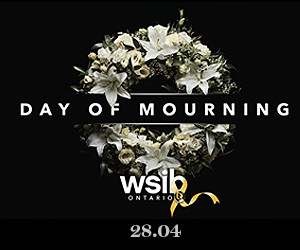Latest Industry News
More NewsNational Day of Mourning. April 28th
Thu, Mar-14-24
Unsurpassed Online Training and In-House Training
Today's industrial trades come with complicated governmental workplace safety regulations and training guidelines. Online safety training through APCM provides an excellent solution to rising training costs and compliance issues.
Continuing to offer weekend training onsite at your workplace - Scissor Lift, Forklift, WHMIS 2015, PPE with Respirator Fit Testing, Lockout & Machine Guarding and more. Rates that will not be beat!
Please call 905-891-3474 to request a quote for weekend training or email info@advantagepcm.com
The Leader in Claim Management and Worker Compensation Services
When it comes to claim management and worker compensation, no other consulting firm can surpass the quality and value of service provided by Advantage Prevention and Claims Management Inc (APCM). With over 25 years of experience, no one is more knowledgeable than APCM’s expert claim management professionals in reducing and managing worker compensation costs.
The hands-on services provided at APCM allows business employers across North America to focus on the daily tasks of operating their business without the hassle and added expense of managing Workers' Compensation costs or Workers' Compensation claim forms.

Advantage Prevention Claims Management Inc.
507 Lakeshore Road East. Mississauga, ON L5G 1H9
info@advantagepcm.com
© 2024 AdvantagePCM.com All Rights Reserved.